NIL
Judge Dismisses Antitrust Claims by Chalmers and Other Former Players Against NCAA | Troutman Pepper Locke
On Monday, a U.S. district court judge in the Southern District of New York dismissed a lawsuit brought by former Kansas basketball player Mario Chalmers and 15 other former college basketball players. The plaintiffs all played college basketball before June 15, 2016 — the proposed start date for the House settlement pending approval in the […]
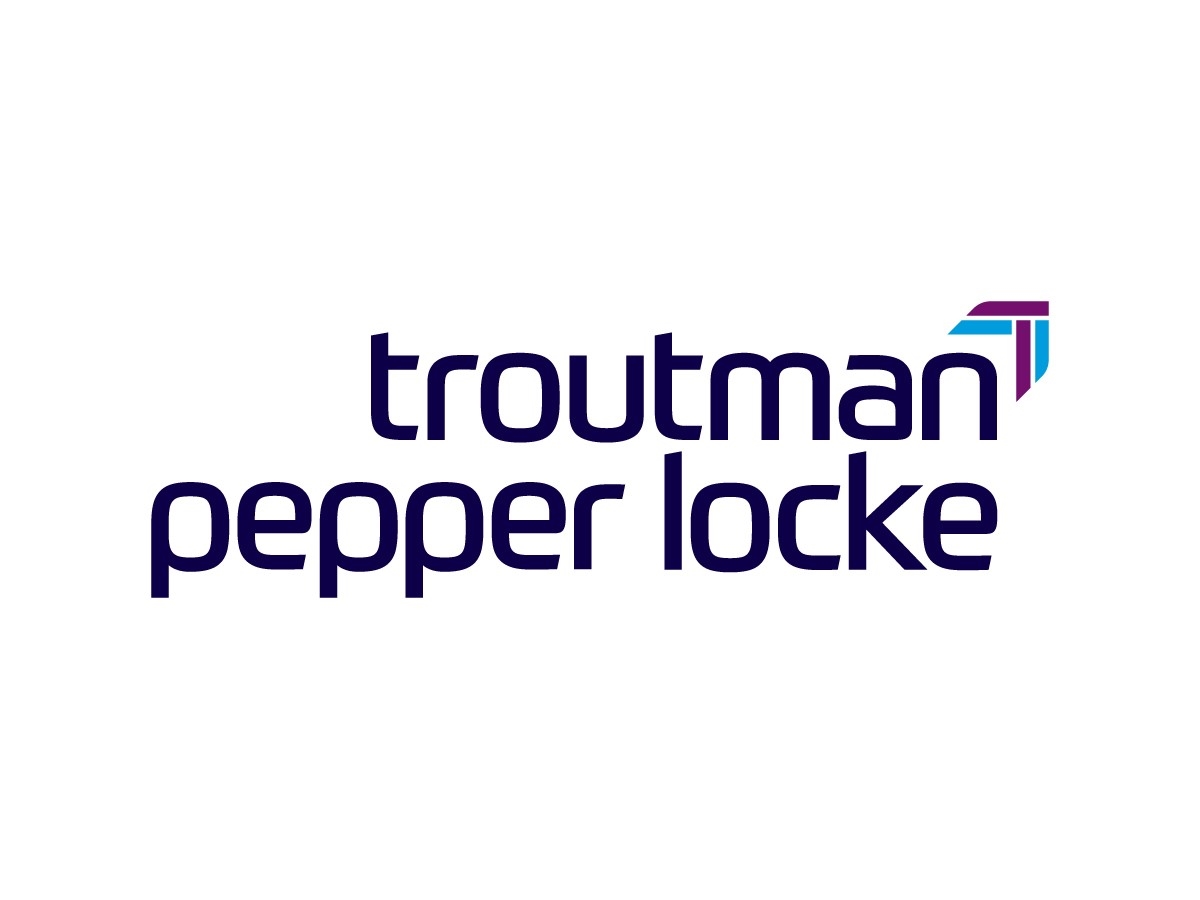
On Monday, a U.S. district court judge in the Southern District of New York dismissed a lawsuit brought by former Kansas basketball player Mario Chalmers and 15 other former college basketball players. The plaintiffs all played college basketball before June 15, 2016 — the proposed start date for the House settlement pending approval in the Northern District of California — meaning they would not be beneficiaries of that settlement. Accordingly, the former players sued the NCAA and the conferences in which their respective institutions competed, alleging that the defendants violated U.S. antitrust law by forcing the players to agree to amateurism rules and forgo compensation for use of their NIL while the NCAA and defendant conferences simultaneously generated revenue from use of the players’ NIL.
Judge Paul A. Engelmeyer first held that the former players’ claims were time-barred. Federal antitrust claims must be brought within four years of the alleged unlawful action, absent circumstances justifying an extension of that limitations period. Judge Engelmeyer held that the plaintiffs here, all of whom played between 1994 and 2016, fell outside of that four-year window, and extending the limitations period was not warranted. The court focused principally on the timing of the players’ agreement to the amateurism rules. Because the players agreed to these rules more than four years ago, the court held that the claims were time-barred. While the court acknowledged that the NCAA and its conferences may continue to benefit from use of the former players’ NIL through use of historical videos and other promotions, it held that this contemporaneous use was an “effect . . . of the alleged anticompetitive conduct,” and not a part of the anticompetitive conduct itself.
Beyond being time-barred, Judge Engelmeyer further found that plaintiffs’ claims were barred by the doctrine of res judicata, particularly because all plaintiffs fell within the definition of the injunctive relief class of athletes certified as part of litigation brought by Ed O’Bannon, former UCLA basketball player. In addition, the court pointed out that the claims of 10 of the 16 plaintiffs were further barred by virtue of their membership in the Alston class. Each of those 10 plaintiffs signed a settlement release that the court found “easily embraces” the claims brought by those same plaintiffs in the instant case.
Similar lawsuits, also brought by former NCAA student-athletes, remain pending across the U.S., including those brought by Kris Jenkins, Terrelle Pryor, Reggie Bush, Thurl Bailey, and Braylon Edwards.
NIL
Texas A&M Aggies Outfielder Enters Transfer Portal
After a season that left much to be desired, the Texas A&M Aggies have suffered their seventh transfer portal loss. Junior outfielder Jamal George is the latest Aggie to throw his name in the transfer portal hat, per Andrew Riedell via X. In his one season with the Fightin’ Farmers, George batted .231 to go […]


After a season that left much to be desired, the Texas A&M Aggies have suffered their seventh transfer portal loss.
Junior outfielder Jamal George is the latest Aggie to throw his name in the transfer portal hat, per Andrew Riedell via X. In his one season with the Fightin’ Farmers, George batted .231 to go along with three doubles and four RBI. He made 34 appearances with 17 starts and went two-for-two on the basepaths.
Prior to A&M, George built an impressive resume. Hailing from Trujillo, Puerto Rico, George committed to Alabama A&M. As a Bulldog, he was named SWAC Freshman of the Year, Second Team All-SWAC and Collegiate Baseball Freshman All-American in 2023.
While his production slipped at A&M, George is still just one year removed from a season where he recorded a .310 batting average, paired with nine homers, 10 doubles and 35 RBI. His freshman season, George played designated hitter and catcher, a stark contrast to his outfield role he was in with the Aggies.
George joins right-handed pitcher Kyrin LeBlanc, catcher Hayden Crites, outfielder Nathan Tobin, left-hand pitcher Austin Vargas, catcher Jacob Galloway and right-hand pitcher Isaac Morton in the transfer portal. Each player saw limited action with the Aggies, and likely are seeking more playing time at other programs.
With star centerfielder Jace LaViolette likely leaving for the MLB Draft, the Aggies have an open outfield spot. Last season’s right fielder, Caden Sorrell, will likely shift over into center and standout left fielder Terrence Kiel II will likely slide into Sorrell’s former position.
Compared to last season, the Aggies have a long offseason that they can use to build up their 2026 squad. Coach Michael Earley moves into his first full offseason as A&M’s head skipper, allowing him to complete his first recruiting cycle.
NIL
How the NCAA House Ruling Could Reshape UNC Basketball
How the NCAA House Ruling Could Reshape UNC Basketball originally appeared on Athlon Sports. It was only recently that North Carolina basketball made headlines for its jaw-dropping $14 million NIL investment. This was a bold, unapologetic declaration that the Tar Heels were all-in on winning in the new era of college athletics. Advertisement Now, the […]
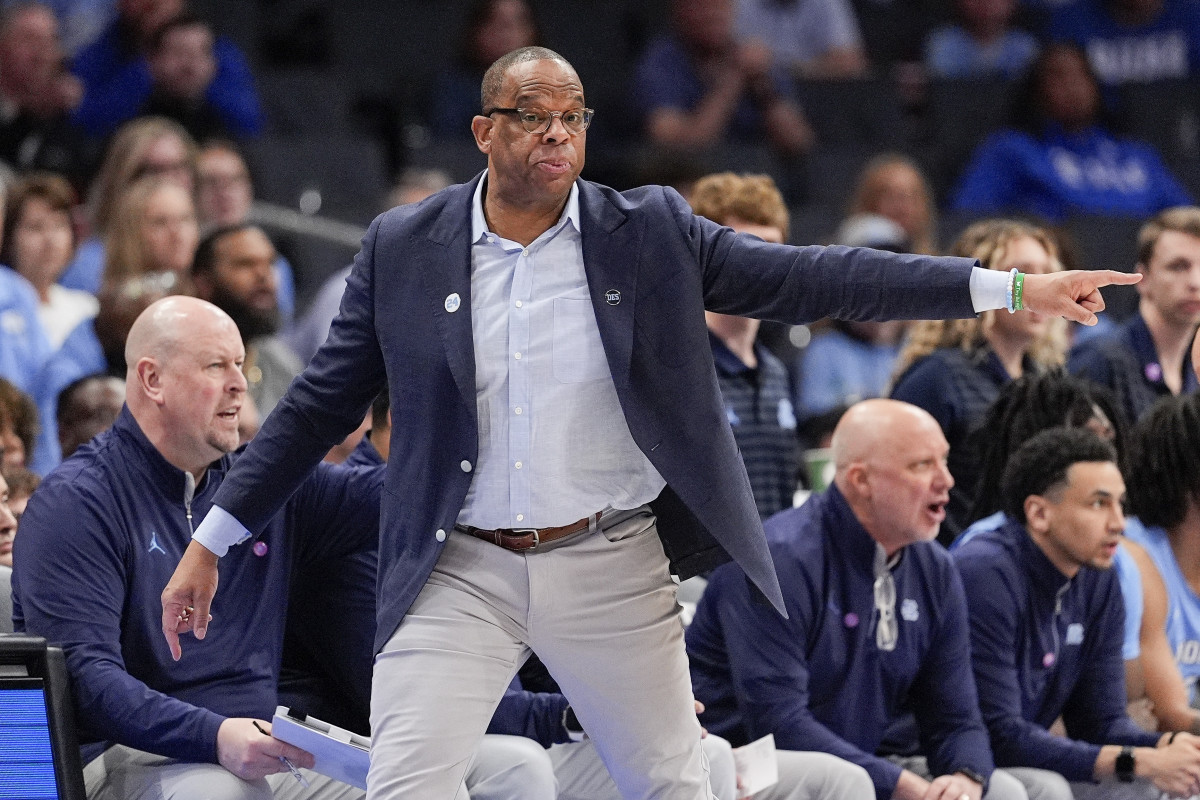
How the NCAA House Ruling Could Reshape UNC Basketball originally appeared on Athlon Sports.
It was only recently that North Carolina basketball made headlines for its jaw-dropping $14 million NIL investment. This was a bold, unapologetic declaration that the Tar Heels were all-in on winning in the new era of college athletics.
Advertisement
Now, the rules have changed.
With the formal approval of the House v. NCAA settlement on Friday night, UNC’s strategy may be headed for a sudden and dramatic shift. The landmark decision not only ends years of litigation over athlete compensation but institutes a new framework that directly impacts how powerhouse programs like North Carolina do business.
At the heart of it: a $20.5 million revenue-sharing cap that schools must now work within to fund all sports. And while outside NIL deals will still be allowed, the days of uncapped internal payouts, like the $14 million reportedly earmarked for Tar Heel hoops are likely numbered.
So what does this mean for Carolina?
Advertisement
First, the math gets tighter. With football still a major university priority under new leadership, including front office veteran Bill Belichick, UNC will need to divvy up its share of the revenue cap carefully. Allocating most of it to men’s basketball risks starving its football program at a time when it’s chasing relevance in a competitive ACC landscape.
Second, scrutiny rises. Under the new model, all NIL deals over $600 must pass through a clearinghouse to ensure they reflect fair market value and serve a legitimate business purpose. That oversight will test the creativity and legality of every booster-backed opportunity.
Still, don’t count UNC out.
The Tar Heels boast a national brand, an NBA pipeline, and a roster of former players turned moguls ready to support current athletes through legitimate NIL opportunities. Those advantages don’t disappear under the House ruling, they just need to be leveraged with precision.

UNC head coach Hubert Davis in discussion with a referee.© Bob Donnan-USA TODAY Sports
With a top-15 recruiting class inbound, transfers like 7-foot Arizona product Henri Veesaar, and international guard Luka Bogavac joining the fold, UNC remains a destination. But sustaining that momentum under tighter financial and regulatory conditions will require smarter spending, shrewder deals, and a more integrated athletic department than ever before.
Advertisement
The College Sports Commission, helmed by former MLB executive Bryan Seeley will enforce the new cap and audit programs that exceed it. That means every dollar spent in Chapel Hill now comes with risk.
The Tar Heels helped define college basketball’s past. Whether they can dominate its future will depend not just on their talent—but on their ability to adapt.
Related: Former Top NBA Pick Speaks Out on NIL’s Impact on Culture
Related: EA Sports to Use Pay-for-Play Incentives for College Teams
This story was originally reported by Athlon Sports on Jun 8, 2025, where it first appeared.
NIL
House Settlement COMPLETELY CHANGES College Sports, DESTROYS NCAA and NIL!
The new House Settlement has finally made it legal for universities to pay their players. We explore how it effectively kills the NCAA, NIL and Title IX as well! Author: cbs19.tv Published: 7:01 PM CDT June 8, 2025 Updated: 7:01 PM CDT June 8, 2025 0
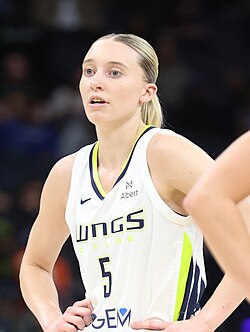

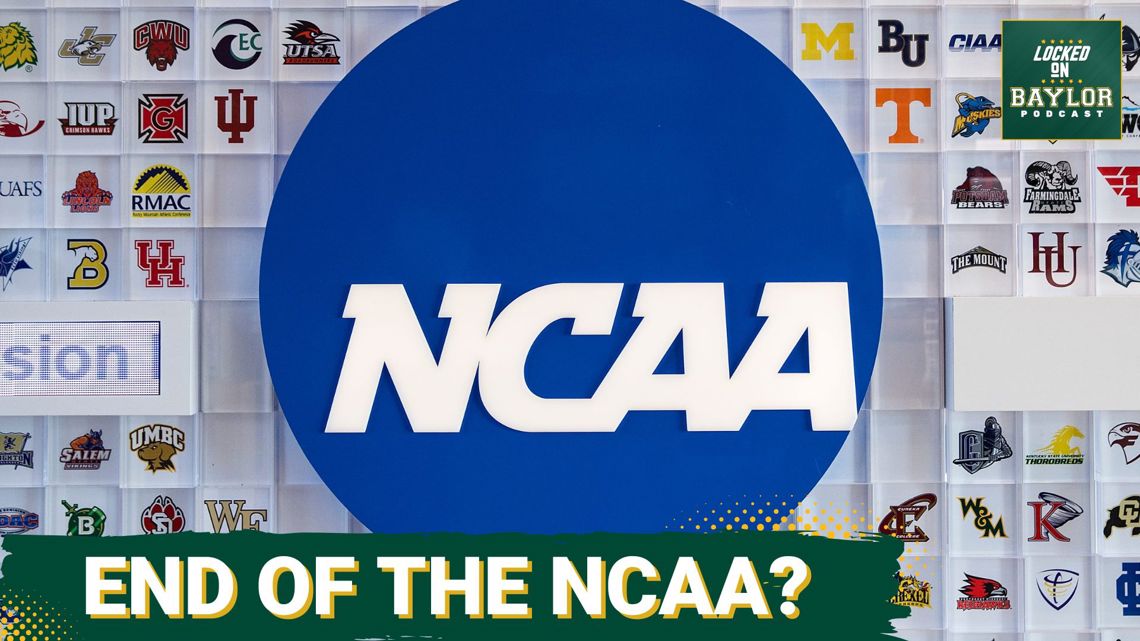
The new House Settlement has finally made it legal for universities to pay their players. We explore how it effectively kills the NCAA, NIL and Title IX as well!
NIL
LaMelo Ball's Puma Deal
LaMelo Ball’s Puma Deal Sparked NBA Comeback For Brand Home » NBA » LaMelo Ball’s Puma Deal: How He Revived The Brand’s NBA Presence 0
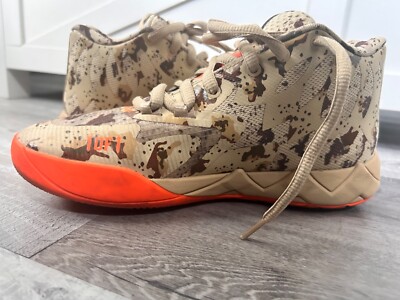


NIL
Nebraska athletic director issues statement on historic House Settlement
A federal judge has finally approved a settlement that could change the face of college athletics. Judge Claudia Ann Wilken approved the House Settlement, paving the way for college athletes to be financially compensated for their name, image, and likeness (NIL) directly by their school. A lawsuit was filed by Grant House, a former Arizona […]
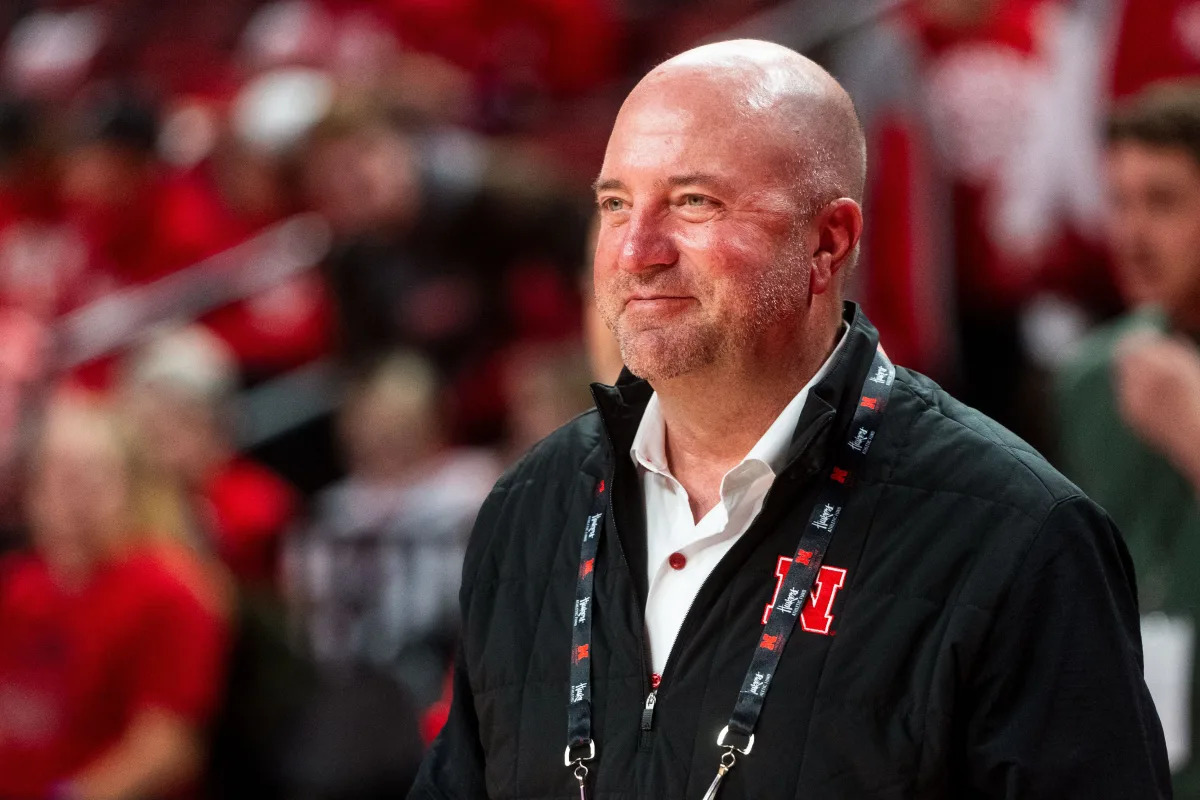
A federal judge has finally approved a settlement that could change the face of college athletics. Judge Claudia Ann Wilken approved the House Settlement, paving the way for college athletes to be financially compensated for their name, image, and likeness (NIL) directly by their school.
A lawsuit was filed by Grant House, a former Arizona State swimmer, who sued the NCAA and the five biggest athletic conferences in the country. The settlement will now allow schools to directly compensate their student-athletes for their NIL rights. There are nearly 200,000 athletes and 350 schools in Division I alone, and 500,000 and 1,100 schools across the entire NCAA, according to data from the Associated Press.
Advertisement
In the first year under the settlement, schools will be allowed to share up to $20.5 million with their athletes. That number represents 22% of their revenue from sources such as media rights, ticket sales, and sponsorships. Third parties are still permitted to enter into NIL deals with players under this agreement.
Another aspect of the settlement is the $2.7 billion in back pay that will be paid to athletes who competed between 2016 and 2024. Those funds will come from the NCAA and the conferences.
Contact/Follow us @CornhuskersWire on X (formerly Twitter), and like our page on Facebook to follow ongoing coverage of Nebraska news, notes, and opinions.
This article originally appeared on Cornhuskers Wire: Nebraska athletic director Troy Dannen comments on House Settlement
NIL
Evan Stewart Faces Unexpected NCAA NIL Challenges with Oregon
A New Chapter in College Football The landscape of college football is on the brink of a seismic shift. With the impending implementation of the House vs. NCAA settlement on July 1st, the sport is poised for a major transformation. This agreement aims to bring order to the chaotic world of unregulated Name, Image, and […]

A New Chapter in College Football
The landscape of college football is on the brink of a seismic shift. With the impending implementation of the House vs. NCAA settlement on July 1st, the sport is poised for a major transformation. This agreement aims to bring order to the chaotic world of unregulated Name, Image, and Likeness (NIL) deals, which have become a significant part of the collegiate athletic scene. As these changes take root, the impact on players, schools, and the future of college sports is expected to be profound.
The Financial Windfall and Its Complexities
Oregon’s $20.5 million investment in NIL deals was initially seen as a blessing, a strategic move to attract top talent and enhance the school’s competitive edge. However, for athletes like wide receiver Evan Stewart, the reality of these deals is proving to be more complex than anticipated. What once appeared as a golden opportunity is now fraught with challenges, as the new regulations threaten to alter the dynamics of these lucrative agreements.
Evan Stewart: Caught in the Crossfire
Evan Stewart, a promising wide receiver, finds himself at an unexpected crossroads. The changes in NIL regulations could impact his future earnings and career trajectory significantly. Stewart, like many athletes, entered into these agreements with high hopes, envisioning a pathway to financial stability and a flourishing sports career. Yet, the forthcoming regulations may impose constraints that could limit his opportunities and reshape his expectations.
The Broader Implications
The introduction of regulated NIL deals marks a critical juncture for college athletics. While the intention is to create a fairer and more transparent system, the transition is not without its challenges. Schools and athletes must navigate this new terrain carefully, balancing the potential benefits with the inherent risks. The ripple effects of these changes will likely extend beyond individual players, influencing recruitment strategies, team dynamics, and the overall landscape of college sports.
Reflecting on the Future
As the dust settles on this new era, the true impact of the House vs. NCAA settlement will become clearer. For athletes like Evan Stewart, the journey is just beginning, laden with both promise and uncertainty. This pivotal moment in college football history invites reflection on the evolving relationship between education, athletics, and commerce. The road ahead will require adaptability, resilience, and a keen understanding of the shifting sands of collegiate sports.
-

 College Sports3 weeks ago
College Sports3 weeks agoPortal Update – Basketball and Gymnastics Take Hits
-

 College Sports3 weeks ago
College Sports3 weeks agoPortal Update – Basketball and Gymnastics Take Hits
-

 Professional Sports3 weeks ago
Professional Sports3 weeks agoJon Jones answers UFC retirement speculation as fans accuse champion of 'holding the belt …
-

 Youtube3 weeks ago
Youtube3 weeks agoXavier Legette taught Marty Smith his signature celly
-

 NIL2 weeks ago
NIL2 weeks ago2025 NCAA Softball Tournament Bracket: Women’s College World Series bracket, schedule set
-

 College Sports3 weeks ago
College Sports3 weeks agoNCDC Commitment Profiles: Cyclones’ Martins Moving On to Saint Anselm College • USPHL
-

 High School Sports3 weeks ago
High School Sports3 weeks agoToday in the MHSAA
-

 Motorsports2 weeks ago
Motorsports2 weeks agoWhy IHOP Rode With Dale Earnhardt Jr. In Amazon NASCAR Debut
-

 Health3 days ago
Health3 days agoOregon track star wages legal battle against trans athlete policy after medal ceremony protest
-

 College Sports3 weeks ago
College Sports3 weeks agoPower Four schools could face expulsion from conferences if they don’t sign binding contract, per report










 Stephen A. says ‘defense is the key to this series’
Stephen A. says ‘defense is the key to this series’  | First Take
| First Take






















